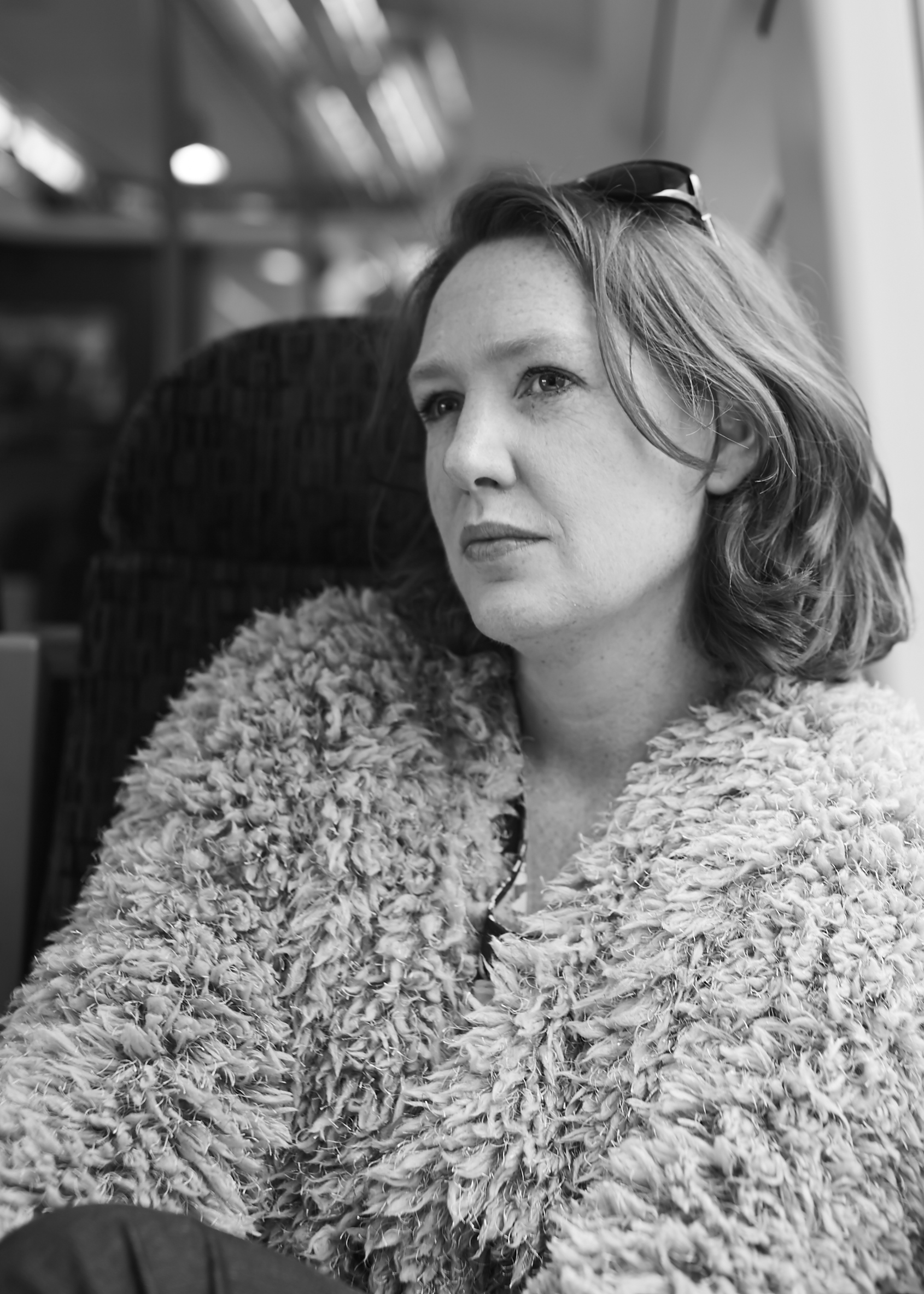

On that same night, Rachel drank a lot but she knows she was around their house. She knows she harasses Tom, his new wife and even once, has even threatened their baby – although she barely recalls those.Īnd then one night, the perfect wife she so loves to watch goes missing. When she binge drinks, she has blackouts. Rachel is a character heavy with loss and guilt: for not being able to conceive a child, for having destroyed her marriage, for having done things she can’t remember. To torture herself even more, she always looks at the couple next door and imagines their perfect marriage and their perfect lives in their perfect house (that looks so much like her own old house). Every day, the train route passes in front of her house, her house where her ex-husband still lives with his new wife (and former mistress) and baby. Every day she travels on the train to London to a job that doesn’t exist, sipping gin and tonic on the way back, a pretence that she has to keep so that her increasingly impatient flatmate won’t kick her out.

From her first-person narrative, we are slowly introduced to her life and how she got to that point. The eponymous character is Rachel Watson, a 30-something alcoholic who lost everything – her marriage to Tom, her house, her job – due to her drinking. I had other problems with it too but my anger at the novel was mostly fuelled by the aforementioned issue.Įnter The Girl on the Train. My problem with that book was the misogyny disguised as hipster feminism and the way that the narrative supported every single characters’ misogynistic view of women. That was never my problem with Gone Girl. I wanted to preface this by saying how much I like unlikable, flawed, difficult female characters.

I definitely enjoyed it much more than Gone Girl although my reservations are almost the same about both books. I ended up liking The Girl on the Train – with a few misgivings. I managed to avoid it for a while – mostly because I freaking hated Gone Girl so that comparison was not very appealing to me – but eventually succumbed because I really enjoy psychological thrillers with unreliable narrators. The hype started to die out but with the recent paperback release and the upcoming movie adaptation with Emily Blunt it got a second wind. It’s a major bestseller and as such, it has been featured prominently in every single bookstore I have walked into lately. Touted as the new Gone Girl, The Girl on the Train has been everywhere here in the UK for the past year.

I’ve been thinking a lot about The Girl on the Train and the ways that we write about women.


 0 kommentar(er)
0 kommentar(er)
